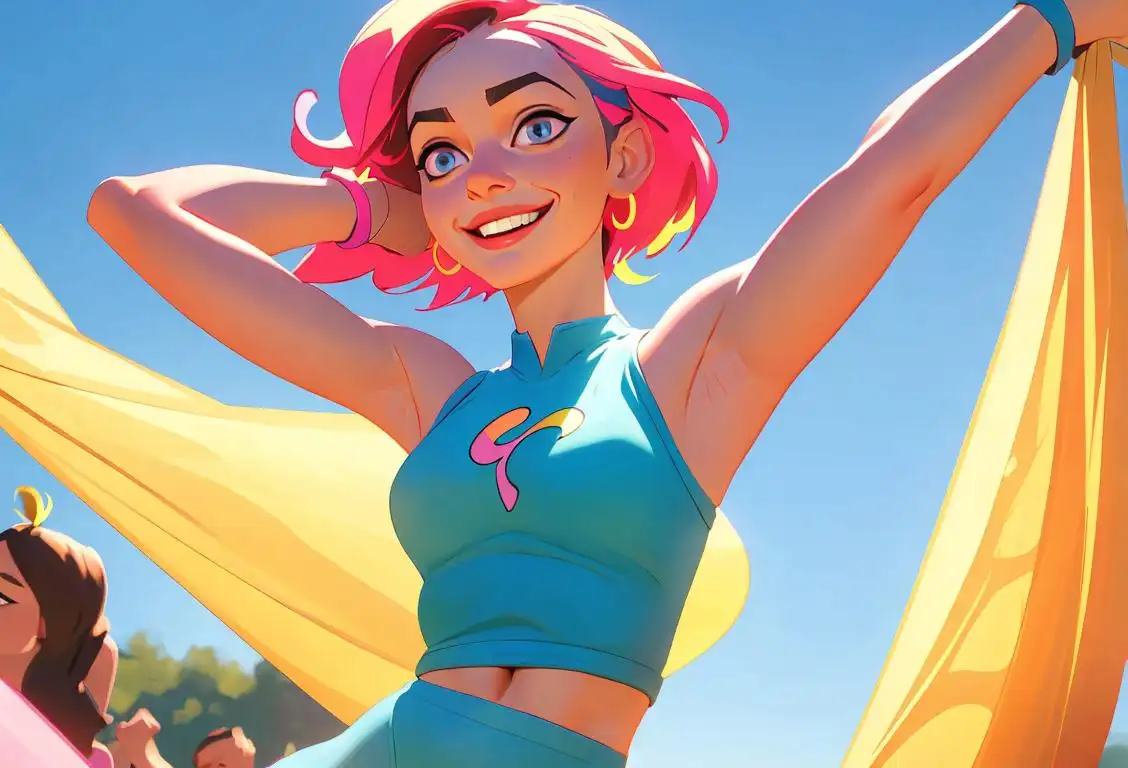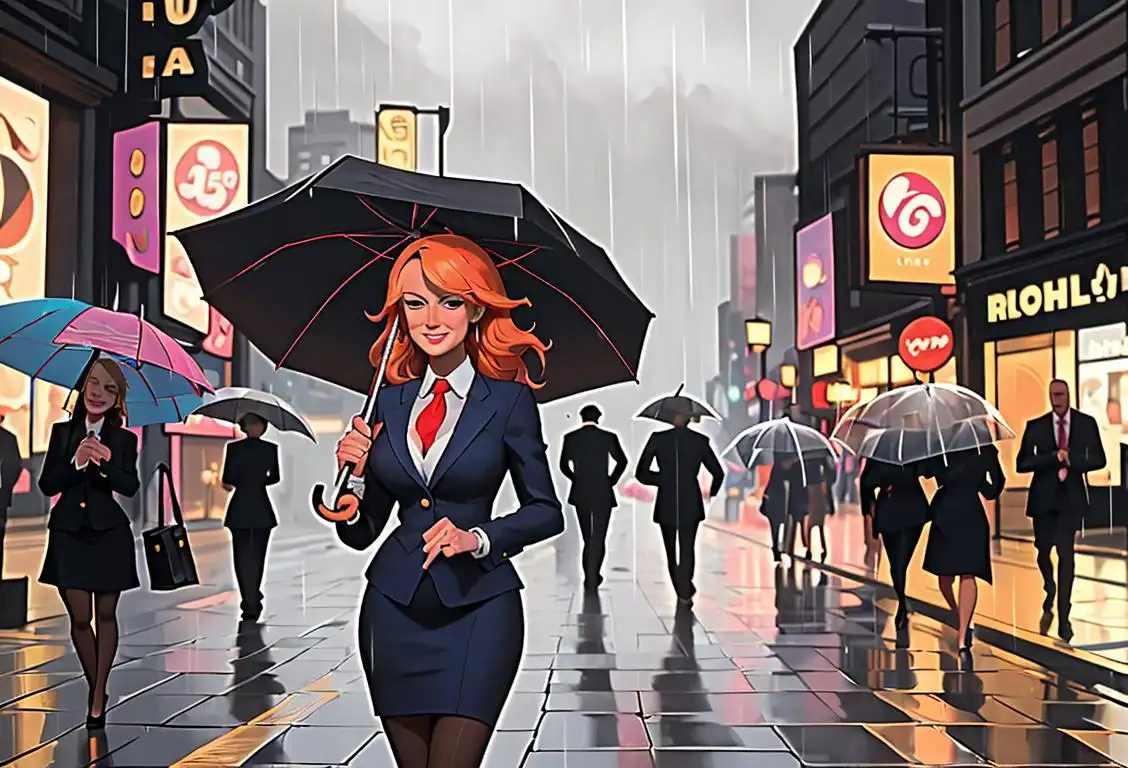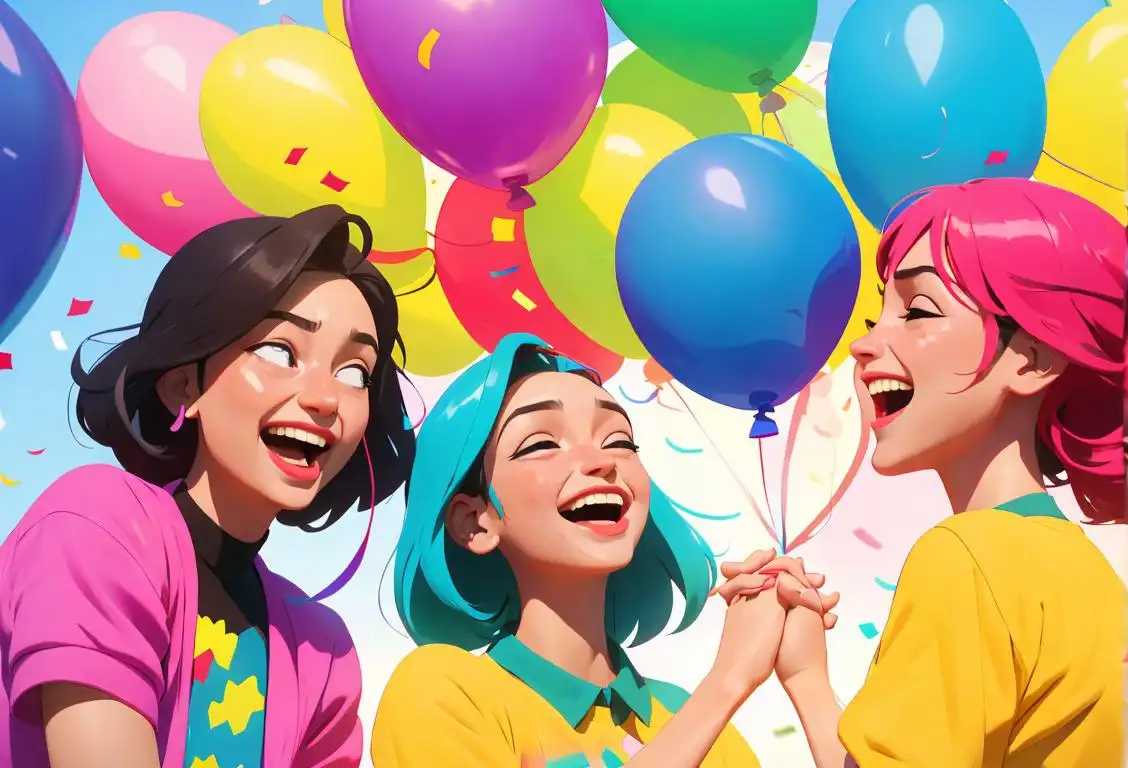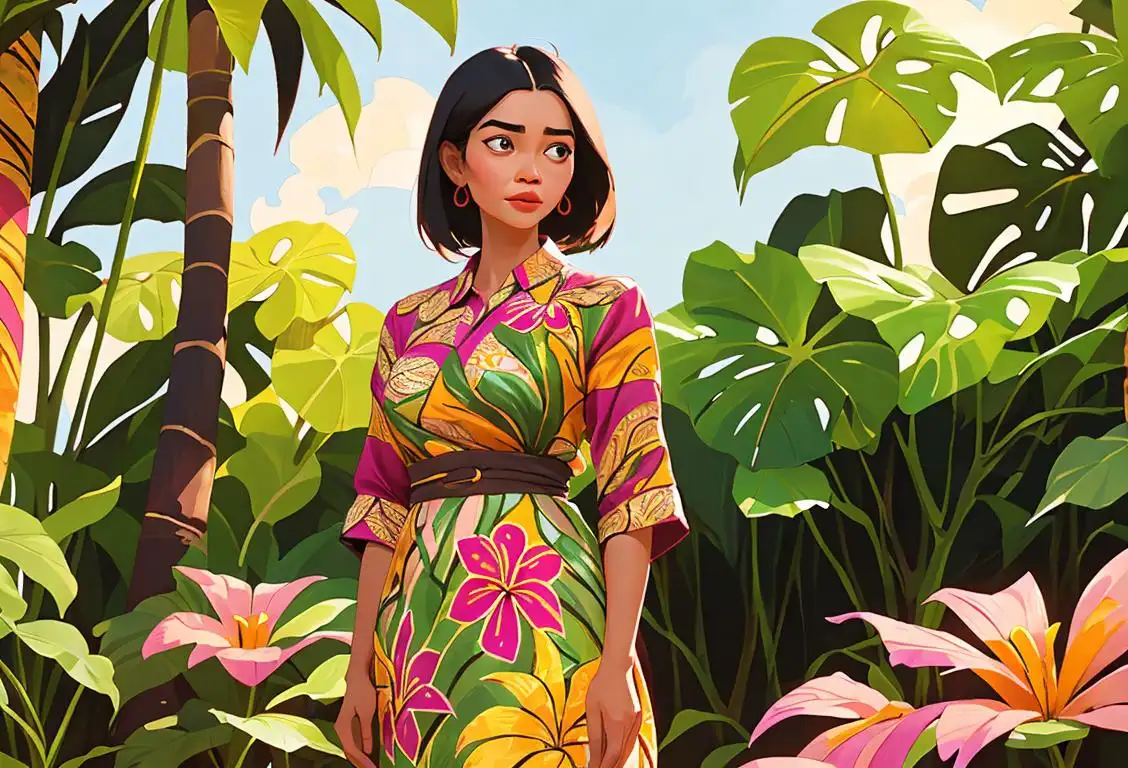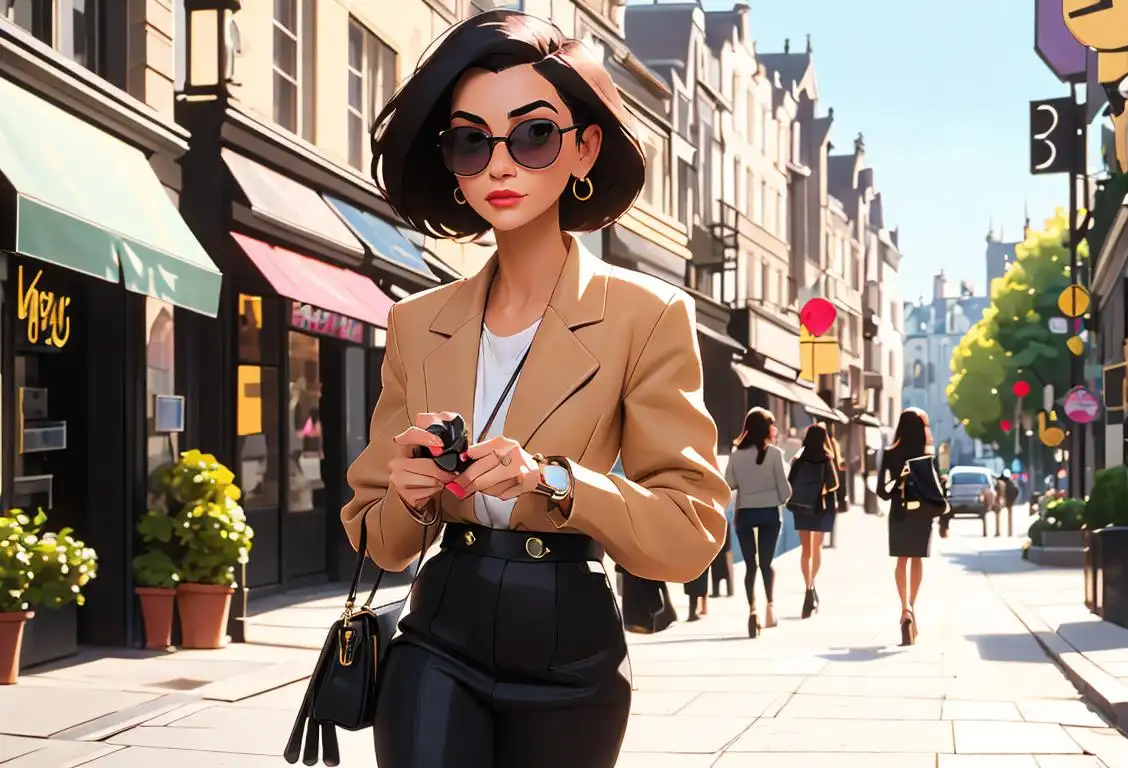National Clothing Day
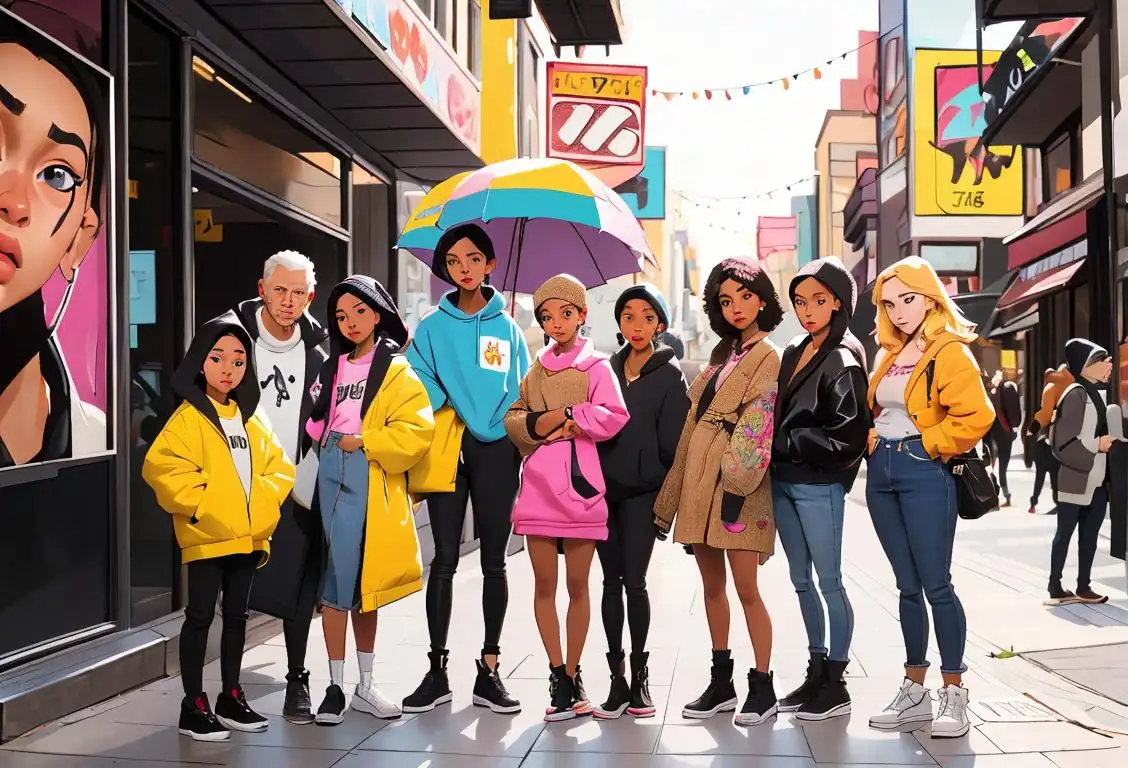
Hey there, fashionistas! Get ready to strut your stuff because it's National Clothing Day! This stylish celebration gives us the perfect excuse to show off our favorite outfits and embrace our inner fashionistas. So grab your trendiest threads and dive into the fabulous world of National Clothing Day.
When is Clothing Day?
It's national clothing day on the 10th March.
The Birth of National Clothing Day
As with many national days, the origin of National Clothing Day is shrouded in mystery. However, one thing is for certain – people have been using clothing as a means of self-expression for centuries. From the elaborate and fashionable dresses of the Renaissance to the rebellious punk rock attire of the 1970s, our clothes have always reflected our individuality.
In the age of the internet, National Clothing Day has become a viral sensation. Social media platforms like Twitter and Instagram are filled with people sharing photos of their stylish outfits and offering fashion advice. It's a day to celebrate diversity and creativity in the world of fashion!
Express Yourself
National Clothing Day is all about self-expression through fashion. Whether you prefer classic elegance or bold and daring looks, this is the day to showcase your unique style. Dress up in your favorite outfit, experiment with new trends, or even design your own clothes – the sky's the limit!
Don't forget to take some fashion-forward selfies and share them with the world using the hashtag #NationalClothingDay. It's the perfect opportunity to connect with other fashion enthusiasts and get inspired by their incredible style.
Fashion Fun Fact
Did you know that the most expensive piece of clothing ever sold was a diamond-encrusted dress? Designed by British fashion designer Debbie Wingham, this stunning creation was worth a whopping $17.7 million! Talk about a jaw-dropping price tag!
History behind the term 'Clothing'
100,000 BCE
Origins of Clothing
Humans begin to create clothing to protect themselves from the elements and environmental hazards. They use materials such as animal hides, furs, and plant fibers to fashion basic garments, providing warmth, modesty, and protection.
5000 BCE
Invention of the Loom
The loom, a device used to weave yarn or thread into fabric, is invented. This enables the production of textiles on a larger scale, leading to the development of more advanced and intricate clothing designs.
3500 BCE
Introduction of Sewing Needles
Sewing needles made from bone or antler are introduced, revolutionizing the way clothing is constructed. The ability to sew allows for more precise fitting and intricate details in garments.
1450 CE
Invention of the Printing Press
The printing press revolutionizes the textile industry by allowing for the mass production of fabric patterns. Previously, patterns were hand-painted or embroidered, limiting their availability and increasing the cost of clothing.
18th Century
Industrial Revolution and the Factory System
The Industrial Revolution brings about the mechanization of textile production. The factory system allows for the mass production of clothing, making it more affordable and accessible to a wider range of people.
20th Century
Fashion Industry and Designer Brands
The fashion industry booms, with the rise of designer brands and high-end fashion houses. Clothing becomes more than just a practical necessity; it becomes a means of self-expression and a signifier of social status and identity.
21st Century
Sustainable Fashion Movement
As concerns about the environmental impact of the fashion industry grow, the sustainable fashion movement gains traction. Consumers and brands alike embrace eco-friendly practices, recycling, upcycling, and using sustainable materials to reduce the industry's ecological footprint.
Did you know?
Did you know that the most expensive piece of clothing ever sold was a diamond-encrusted dress worth $17.7 million?Tagged
nsfw fun fashionFirst identified
10th March 2021Most mentioned on
10th March 2021Total mentions
99Other days
Clothing Day
Cameltoe Day
Dress Like Your Inner Hoe Day
Bow Tie Day
Hat Day
Stormy Daniels Day
Happiness Day
Batik Day
Ugly Christmas Sweater Day
Handbag Day
